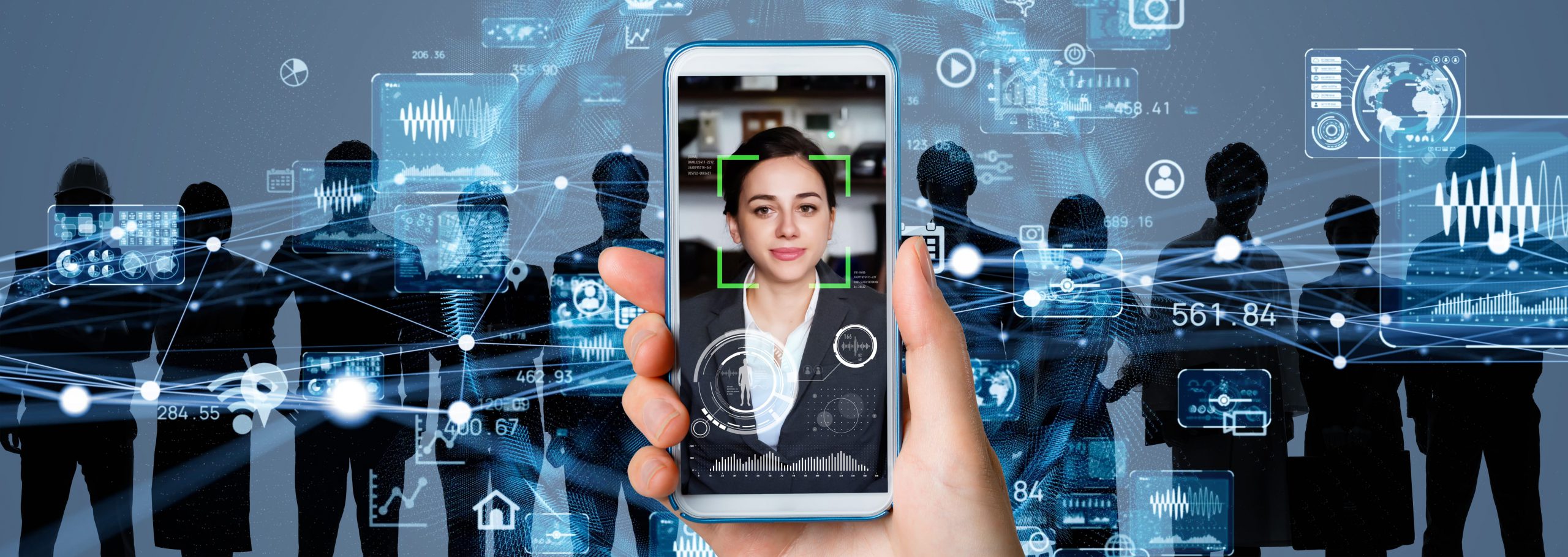
How will smart security and home automation change in 2021? What trends should we expect to see? Pretty common questions to be asking in any industry this time of year, right?
But in 2020, if someone claims to know what the future holds, no one would blame you for being skeptical. If we’ve learned anything this year, it’s to hope for the best and plan for, well, anything.
But the experts in any given field are the experts for a reason, and we love talking about the future of security and smart home tech. We asked some security experts to share the big trends for 2021. From smarter health bubbles to touchless technology, here are some of the top trends they predict will make a few waves.

Demand for home security rises even as the world spends more time at home.
In September, the FBI released “Crime in the United States 2019,” its annual crime report containing the most recent available data. The report rates show that property crime rates stagnated in 2019, and crime rates that aren’t rising is always good news.
Still, property crimes cost U.S. citizens a shocking $15.8 billion dollars in 2019. And the FBI’s report doesn’t factor in the current environment, which includes a global pandemic and nationwide social unrest.
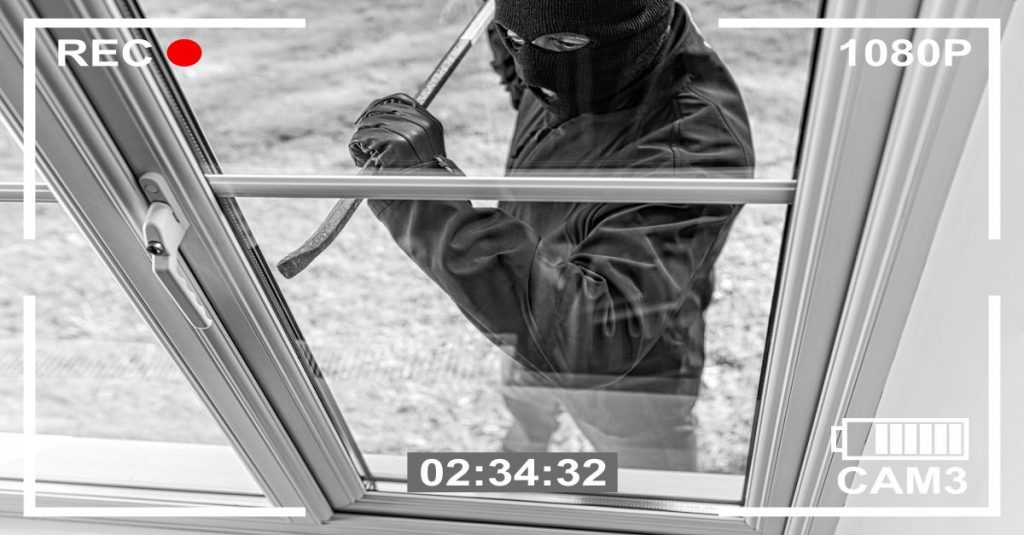
Plus, many companies shifted to full- or part-time remote work in 2020. According to report by Forrester Research, 47% of employers surveyed during the pandemic anticipate a permanently higher rate of full-time remote employees, and 53% of employees say they want to work from home more often even after the pandemic.
“Remote work has significantly increased, so many families find themselves with a full house, even during working hours. But that doesn’t mean they can forget about their security systems. We might not be aware of our surroundings while taking Zoom meetings and conference calls, or while helping kids with online learning. It’s important to keep your system in “Armed Stay” mode, so you can focus and go about your business with some peace of mind.”
John Thompson
Manager, Dealer Accounts
Guardian Protection
More time at home means more focus on the home itself — be it home improvements or home protection — and families and businesses see more value in smart security than ever before. In fact, the home security systems market is expected to reach $78.9 billion by 2025, with professionally monitored systems making up the lion’s share.
While certain monthly expenses may be discarded during financially difficult times, most households continue to view home security as an essential, not as a luxury.
Smart home devices that don’t work well together will be cast aside.
Did you buy Apple AirPods to go with your Samsung Galaxy? How about a wireless Xbox controller for your new PlayStation 5? Of course not, because they don’t work together!

We all want to create a harmonious technology ecosystem that’s easy to use now and easy to grow later. In other words, we want our day-to-day devices to be fully integrated because it’s an all-around better experience. The same logic applies to security systems and smart home automation.
“It’s time for us to reconsider ‘smart’ home design. We can create a better customer experience by eliminating non-connecting devices and hubs controlled by multiple apps. Simplicity demands a single solution, and that solution is delivered by today’s generation of smart home security platforms ‑ offering not only integrated whole home protection from fire, water, CO, and intrusion, but also a single app that can combine simplistic and automated control of smart door locks, garage door openers, lights, video doorbells, indoor/outdoor cameras, and thermostats.”
Jason Bradley
Vice President of Care & Monitoring Operations
Guardian Protection
Running a household has never been a simple task. But it can be more manageable when we can view it as one thing, rather than a ton of disconnected systems and functions. That’s why it’s advantageous to have everything tied together by one smart mobile app.
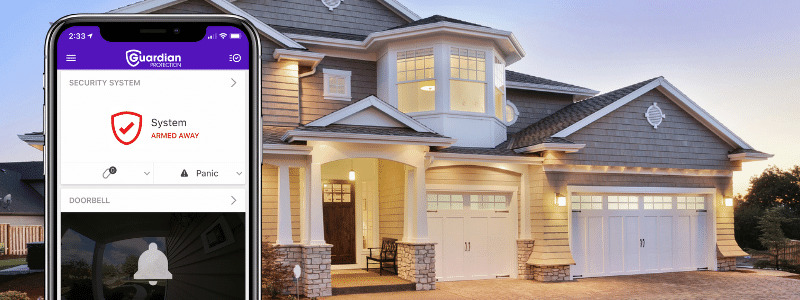
Gradually, we will see consumers letting go of devices that don’t integrate with the ones they want or the ones they already have. Life’s too short to juggle too many apps.
At our beginning, we bet on a broad, unified and secure platform with a single interface being the clear choice of how people would want to manage and protect their homes and businesses. Uniting technologies allows for greater integration, customization, and expansion. Few people like to be pigeonholed into limited options for something so important as home and business control. We expect they’ll increasingly turn to platforms that were built to unite all technologies together.
Phil Pearson
Alarm.com
VP of Sales Operations and Partner Growth
Smart home security helps us create our “health bubbles.”
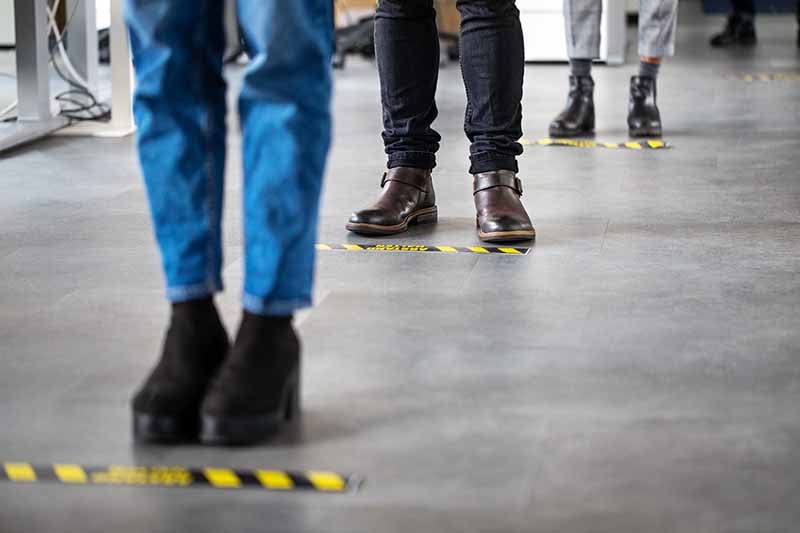
Who’s in your health bubble?
Few of us could have answered this question — or even defined the term “health bubble” — before 2020. Now, it dictates every event in your life, from grocery store trips and play dates, all the way up to weddings. It’s forced many of us to make difficult choices regarding anyone or anything outside of our immediate inner circle.
A health bubble (sometimes referred to as a COVID bubble or social bubble) is an unofficial term describing a group of family or friends, usually from different households, who spend time together during the pandemic. They trust each other and agree to the same safety precautions and preventive measures to help each other stay safe.
“Societal-based concerns, driven by social unrest or the pandemic, will increase the necessity to protect our homes and business. Solutions such as video doorbells will allow us to communicate with individuals outside of our ‘health bubble’ while maintaining safe social distancing standards. Likewise, manually activated panic applications will allow the swift notification of professional monitoring services to ensure that the threat is responded to quickly and effectively.”
Jason Bradley
Vice President of Care & Monitoring Operations
Guardian Protection
While health bubbles may relieve feelings of isolation, it’s important to note that some experts say staying home and limiting your face-to-face contact with people is still the best way to avoid COVID-19.
Following social distancing and shelter-in-place guidelines hasn’t been easy or fun, but smart home security makes it a bit more manageable. For example, two-way talk features in video security cameras, panels, or video doorbells make it possible to interact with visitors or workers without putting each other in harm’s way. Plus, typically high-touch areas like door locks and thermostats get a vacation when everything can be controlled right from your mobile phone, or with a voice command.
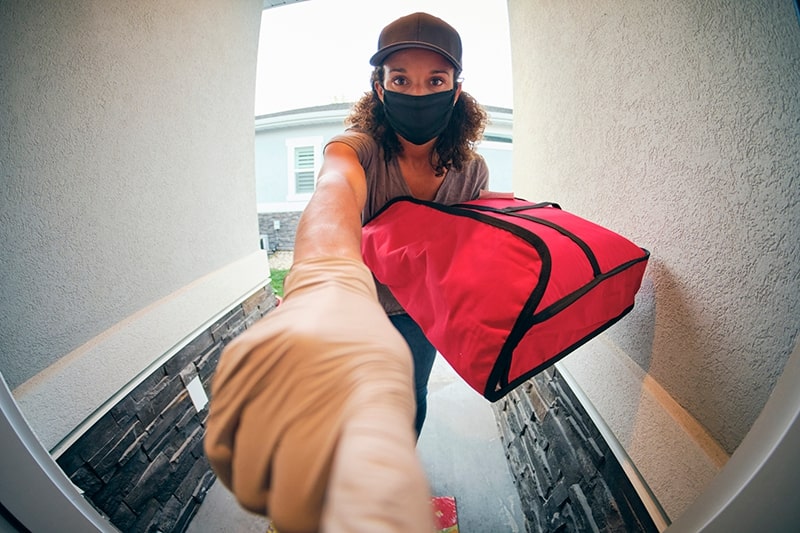
Even within our own health bubbles, 2021 will see more and more people using facial recognition and voice control to limit their contact with devices. As these features become more commonplace and advanced — for example, we don’t have to shout the same command into Alexa’s face 20 times to be understood — the continued global focus on improved health and hygiene will only accelerate usage. They’re taking that critical step from just a novelty, to a way of life.
More touchless and frictionless access control solutions.
Despite the millions of Americans working from home at least part-time, there are still many essential businesses and institutions requiring employees and consumers to visit a physical location. Contactless access control is one of the major trends in helping businesses keep people safe while maintaining critical operations.
Physical security during and post-pandemic will certainly change things for our business moving forward. For instance, physical access control systems will now focus on ‘contactless’ properties allowing for entry into a building without physically having to touch anything such as a biometric fingerprint reader, a pinpad, a door handle, or a turnstile.
Darren Crawford
Vice President & General Manager, Commercial & National Accounts
Guardian Protection

Access control is simply the behind-the-scenes management of who is able to get into a commercial facility, sometimes accompanied by restrictions like who can is allowed in certain rooms. Many facilities rely on a keycard system, but in the age of COVID, companies are seeking out new ways to control access while limiting the need to touch anything and controlling the spread of germs.
Here are a few innovative examples of touch-free access control we can expect in 2021:
- Voice control
- Mobile access / Bluetooth
- Facial recognition
- Iris scanners
- Wave-to-open door sensors
- Wearables
- Automatic turnstiles
Video security is used to keep people safe in more ways than one.
A recent study of security system managers found that around half were using — or were planning to use — video surveillance or CCTV to help workers return to work safely. Half believed it could help enforce social distancing measures, and 48% thought video surveillance could be useful for contract tracing.
Thermal cameras, or infrared temperature-detecting cameras, are already being widely used to make businesses and high-traffic commercial sites like airports safer. We offer these cameras to businesses here at Guardian, and even use them to help protect our team.
Another innovative way to use intelligent video security cameras is using video analytics to control how many people can be in a facility at one time.
Video surveillance systems with analytics will assist business owners with ‘people counting.’ In times like today where social distancing is calculated into building occupancy limits, analytics will play an important role in capacity management.
Darren Crawford
Vice President & General Manager, Commercial & National Accounts
Guardian Protection
And don’t forget, video cameras have come a long way. Some homes and businesses still use cameras as passive surveillance, simply “letting the tape roll” and assigning a person to keep an eye on it. While this is a great way to keep a record of events, it doesn’t help much in terms of response. Today’s intelligent security cameras are capable of contributing so much more.
All video monitoring is not created equal. Evolving video solutions are increasingly driven by artificial intelligence and especially analytics to rapidly and accurately detect people. They will play a critical role in improving the value of information that’s being sent and avoiding false alerts. In an age of information overload, the ability to successfully ‘reduce the noise’ not only will help increase subscriber engagement, but also provide central stations with better tools for monitoring and efficient response.
Phil Pearson
Alarm.com
VP of Sales Operations and Partner Growth
Faster, more reliable WiFi and cellular service encourage more customers to cut the cord.
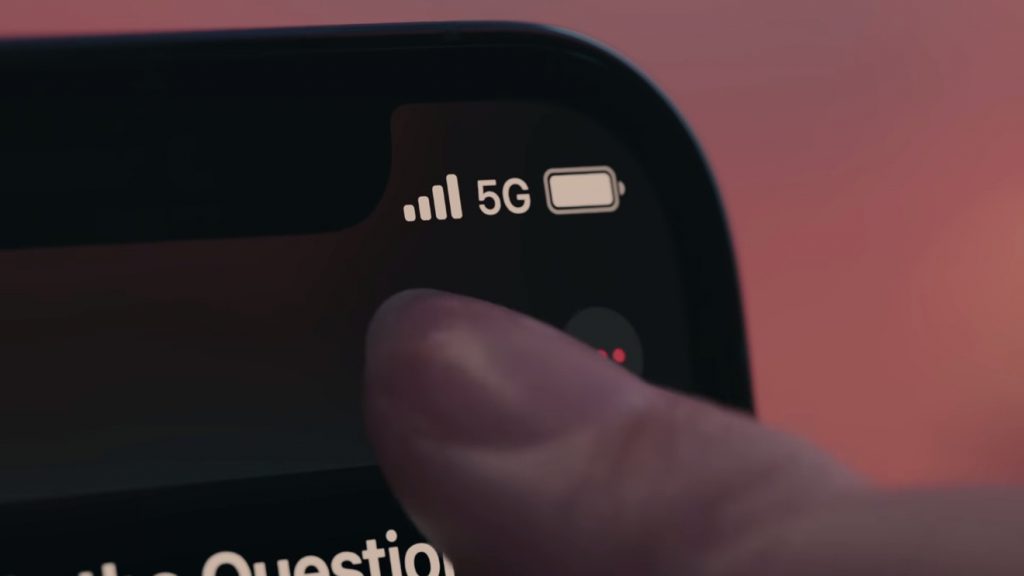
Picture the tiny logo at the top of your smartphone screen, near the battery bar. It’s the one you need to keep an eye on if you’re on a limited data plan because it powers all those text messages, Google searches, and Zoom calls when you don’t have access to WiFi. If yours says 5G, you’re in luck, because 5G is one of the most exciting things to happen to home internet service, wannabe cord-cutters, and smart home security in a while.
So what is 5G, and why is it a VBD? 5G stands for the fifth generation of cellular technology. It promises better speed and reliability and is said to be competitive with even the fastest wired networks. And truly, with remote work putting additional demands on everyone’s home internet, it couldn’t have come at a better time.
Meanwhile, WiFi 6, the latest generation of WiFi released in 2019, boasts faster speed, longer range, and improved efficiency. The WiFi Alliance claims WiFi 6 can even help battery life by waking devices less often. But where it really shines? Places where there are a ton of devices battling for the same network, like a stadium or an office (or even your house!).

What does this have to do with security? Everything.
“I believe the trend in 2021 in the security industry will be centered around wireless capabilities and WiFi solutions that continue to expand and develop. Consumer confidence in “cutting the cord” extends well beyond cable TV services. High-speed internet, 4K and 8K technology, streaming services, and 5G mobile devices are all raising the bar for consumer expectations. Wireless security panels and associated peripheral devices will continue to evolve in capabilities and reliability. I can foresee a day when integrators will no longer have an advantage of hardwired applications over retail-priced wireless products.”
John Piroli
Vice President of Residential Business
Guardian Protection
The gold standard in home security systems used to be hardwired, where your alarm system uses a hardwired telephone service connection to communicate. Hardwired alarm systems are reliable, but they require running physical wires throughout your home, and service can be interrupted if your phone line is cut.
But today, smart home security systems increasingly use both cellular and WiFi to power and connect devices. Furthermore, more and more people are choosing to have video security cameras at home that require a strong WiFi signal.
2021 will be the year of the smart home upgrade.
Interactive security systems that allow for remote connection and anytime, anywhere control is becoming the standard. Customers don’t just want their devices to be smart; they expect it. According to a recent report from research firm Parks Associates, 67% of security system owners already have interactive features.
The time is now to start viewing your smart home the same way you view your smart phone. Consumers are upgrading their smart phones more frequently than ever – to take advantage of new features and technology. Now home tech is becoming the same. Today, fully integrated home technology is changing at such a rapid pace, more home owners are enhancing and upgrading their home security and home technology on an annual basis. The days of hanging on to a security system for decades is over. Now its new home tech and home security every 12 months.
Kevin Bish
Vice President of Marketing
Guardian Protection
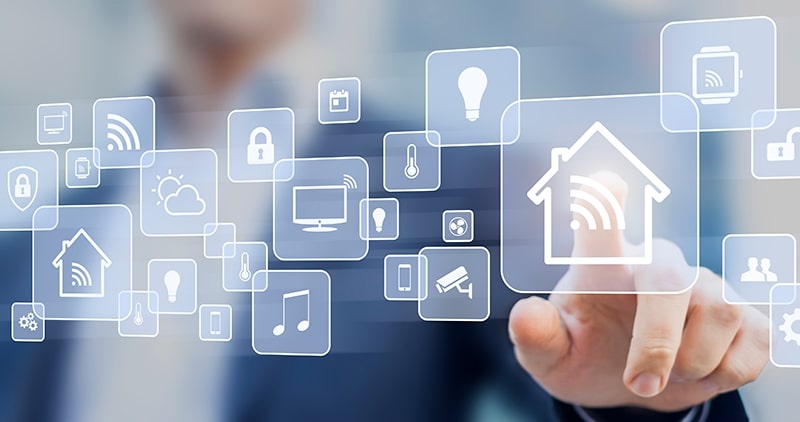
The events of 2020 have only accelerated technology in the smart security industry. Parks Associates revealed COVID-19 is a major factor driving households with security monitoring to upgrade their equipment.
In fact, 41% planned to upgrade their system in the next six months, with many citing the pandemic as one of the reasons. Just as many planned on adding devices, and the most popular ones were video cameras, smart lighting, and video doorbells.
“2020 has been called the year of many things. And you might not realize it, but it’s also been the year of the upgrade. Many of us have been working from home, and during that experience we realized that our internet needed an upgrade, the router powering our home wireless network needed an upgrade, our laptops needed an upgrade, our phones, etc. It seemed like everywhere we looked, there was technology that needed to be improved. Add to that the impending 3G sunset, and now we’re all looking at our old security panels and thinking, ‘It’s about time for a touchscreen…. And a camera on the driveway… and a video doorbell on the porch… and smoke detectors in the kid’s rooms…’ And the list keeps going. If you’re looking around your home and all you see are the things it can’t do, talk to your Guardian rep and find out what’s possible. Maybe, just maybe, your new upgraded security and home automation system could be the thing that finally makes 2020 great for you.”
Jeremy McLerran
Director of Global Marketing
Security and Smart Building Division, Johnson Controls
So, what do you think – will 2021 be the year of your home’s smart security upgrade? Is better home security one of your New Year’s resolutions? Call Guardian Protection at 1.800.PROTECT (1.800.776.8328) to learn how our smart technology and 24/7 professional monitoring can help make your 2021 safer and easier.
